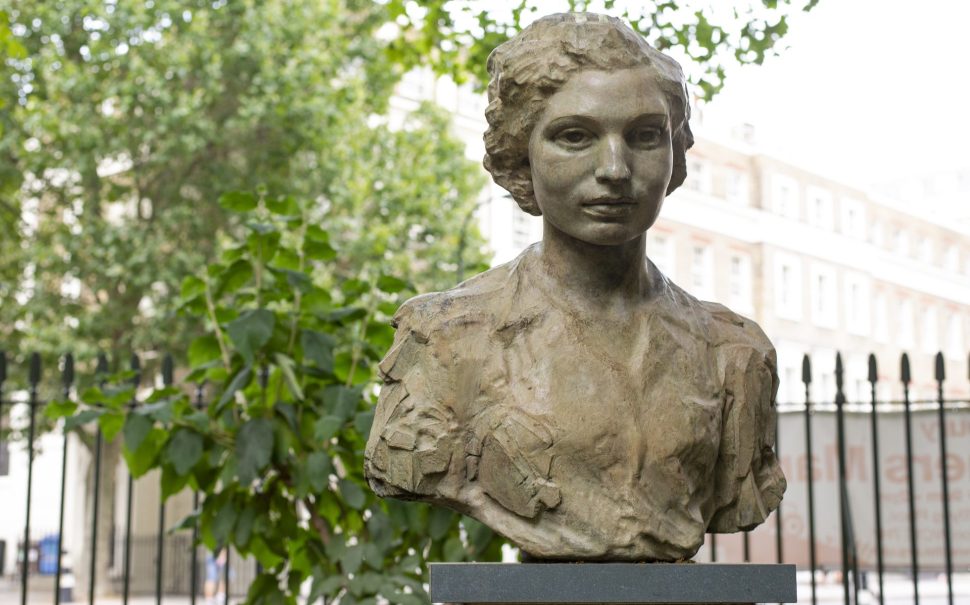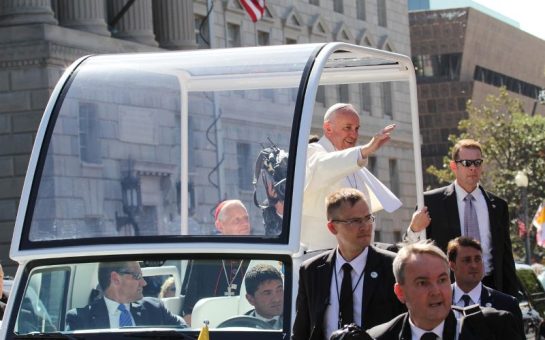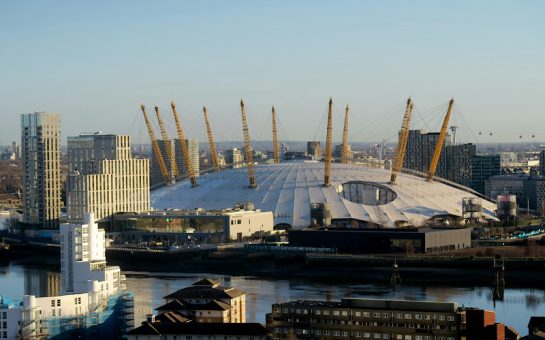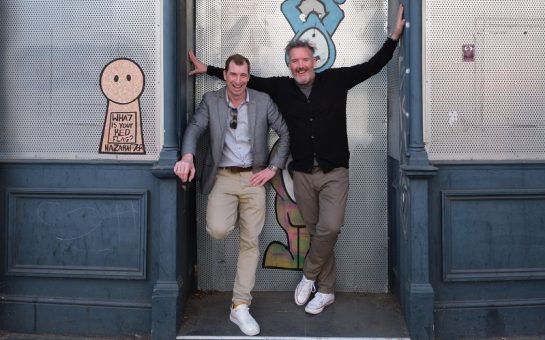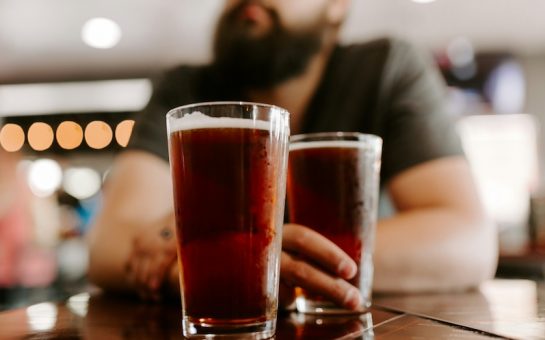Despite a nationwide push for greater diversity in the public art sphere, London’s public monuments continue to be dominated by men.
Data from Art UK audit has shown that there are nearly twice as many statues of animals (8%) than of named women (4%).
The cultural education charity has been recording each statue, monument and sculpture in London since October 2021, raising awareness for the need of greater diversity in the public art sphere.
Katey Goodwin, from Art UK said: “Women have done lots of important things as well.
“They’re 50% of the population and there has been an imbalance that’s largely to do with the imbalance in society with what they’ve been allowed to do and able to access.
“There’s a lot of stories and histories about people that we don’t know and it’s important to pull out those stories and celebrate them.”
In June, Art UK recorded and assessed 1,669 public sculptures and monuments across London, of these, only 60 were dedicated to or depict named women, whereas 346 depict named men.
Of the 437 statues that are dedicated to named men and women, only 29 (6.5%) are dedicated to non-white people.
Goodwin added that despite this disparity in numbers, London still scored better than most other cities in the UK in terms of its representation of women and other minority groups.
There are areas in the UK that do not have any diversity at all.
Sculptor Mark Richards said: “These things are there for hundreds of years and they’re a vital part of our sense of cohesion as a community and my feeling is that we need a lot more scrutiny over what goes up in the public domain.
“Commemoration itself is an important act and its ridiculous that women aren’t commemorated in the same way that men are because its not like women have only just started contributing to society.
“It’s indicative of a culture that has favoured the promotion of men.”
This disparity is also reflected in the number of sculptors that are male or female, as recorded by Art UK wherever possible.
Although these numbers are alarming in themselves, according to sculptor Richards, the issue of representation in statues and monuments largely boils down to the commissioners.
He added: “Generally speaking sculptors don’t generate the content and that’s one of the issues.
“It all comes down to the commissioning bodies, often companies, organisations and institutions.
“They’re not subject to public scrutiny, who can assess the artistic merits of the piece and they might just commission someone who knows the local gallery owner.
“Probably the reason why we have so many men and very little women is because these organisations are run by men.
“From a sculptor’s point of view this whole thing is indicative of a commissioning system which does not serve the public.”
When Art UK originally started to record these statistics, the Mayor of London, Sadiq Khan responded with his Commission for Diversity in the Public Realm which provided funding for new installations.
He said: “London is one of the most diverse cities in the world, with more than 300 languages spoken every day, yet it’s statues, plaques and street names don’t reflect our city’s stories.”
Whilst this issue has since improved with the introduction of more statues, most recently one of Virginia Woolf overlooking Richmond river, we still have a long way to go to bring about equal representation in public artworks.
Featured Image: Colleen Rowe Harvey / Art UK
